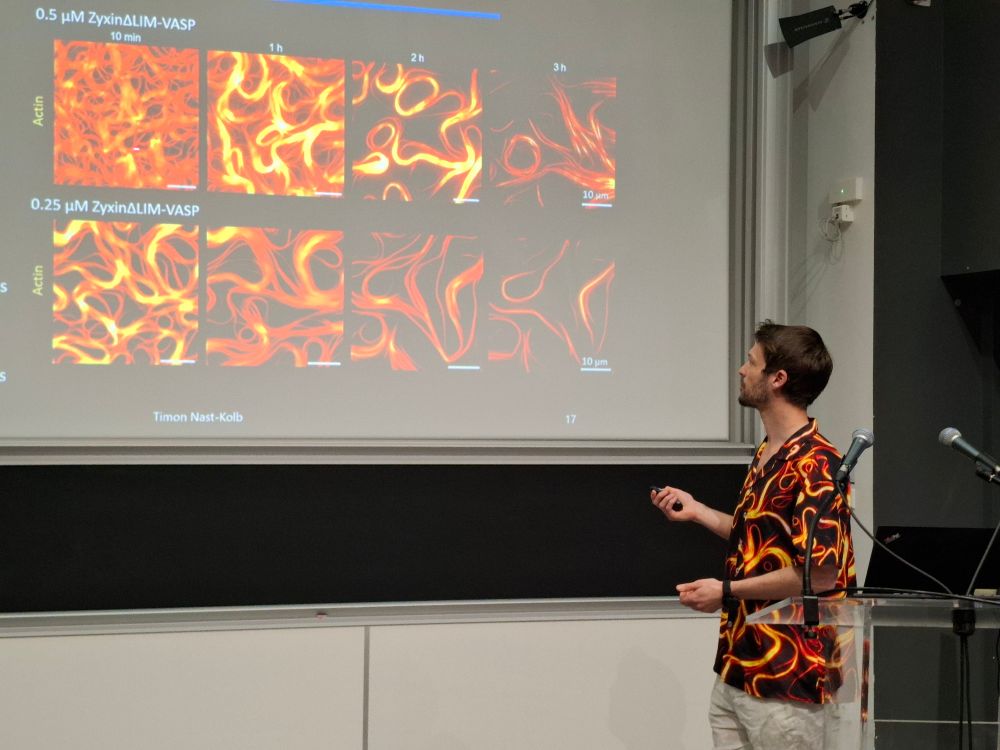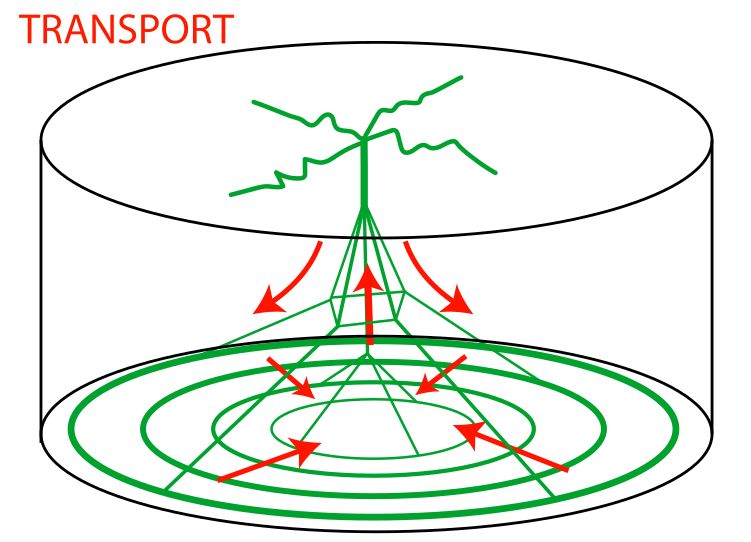
🏙 Paris @CytoMorphoLab

www.nature.com/articles/s41...
Thx to Andreas, Hammad, Dmitry, Gerhard @laynefrechette.bsky.social and everybody else who contributed!
www.nature.com/articles/s41...
Thx to Andreas, Hammad, Dmitry, Gerhard @laynefrechette.bsky.social and everybody else who contributed!



The question is... what is sustaining this dynamic state? What "compensates" for this contractile flow?
The question is... what is sustaining this dynamic state? What "compensates" for this contractile flow?


www.biorxiv.org/content/10.1...
www.biorxiv.org/content/10.1...

I am sure @manuelthery.bsky.social has a lot to say about it, so let me just congratulate Clo, @bhagyanaths.bsky.social et al. for it! bit.ly/49aE6Cz More soon!

I am sure @manuelthery.bsky.social has a lot to say about it, so let me just congratulate Clo, @bhagyanaths.bsky.social et al. for it! bit.ly/49aE6Cz More soon!

